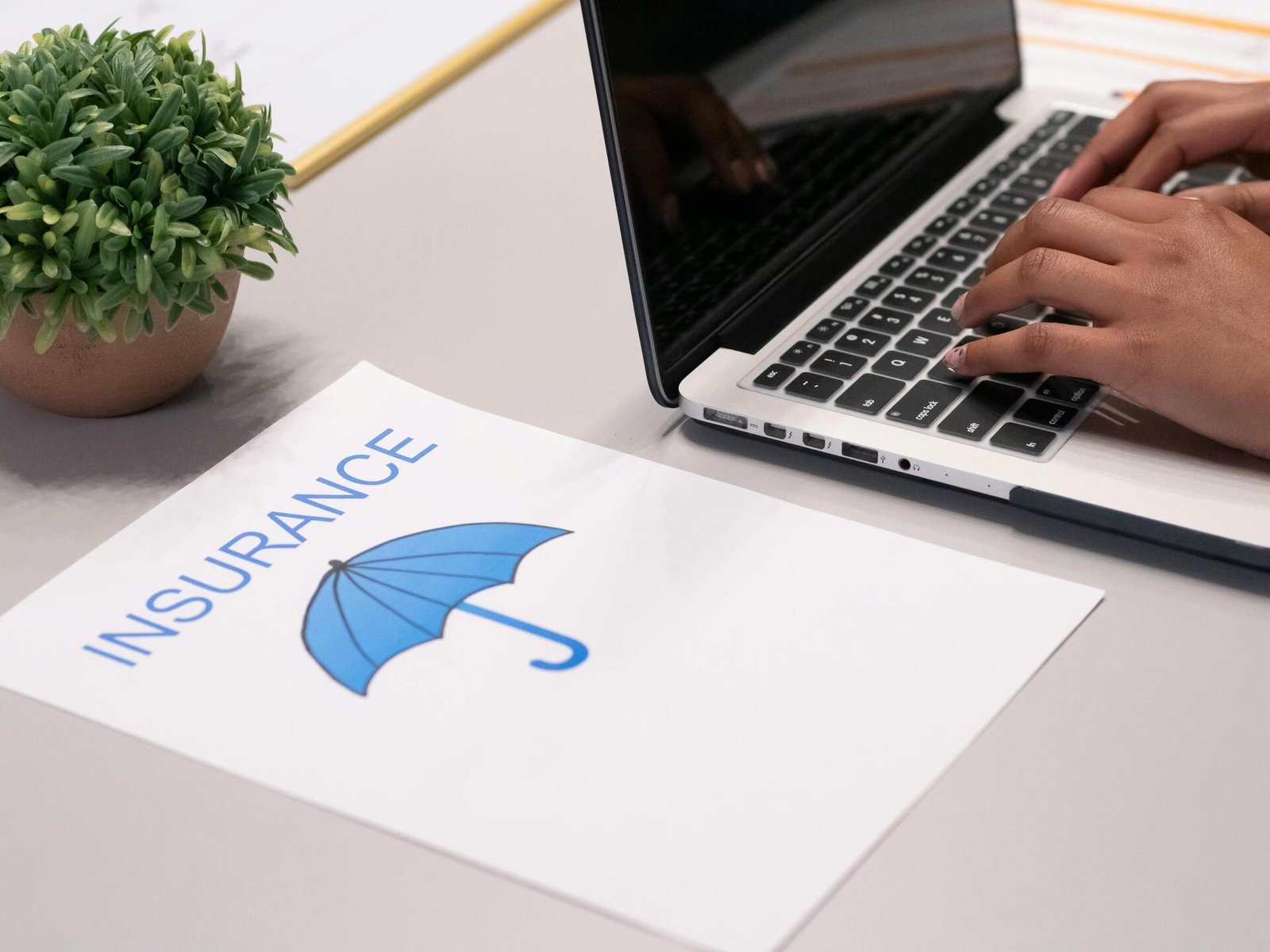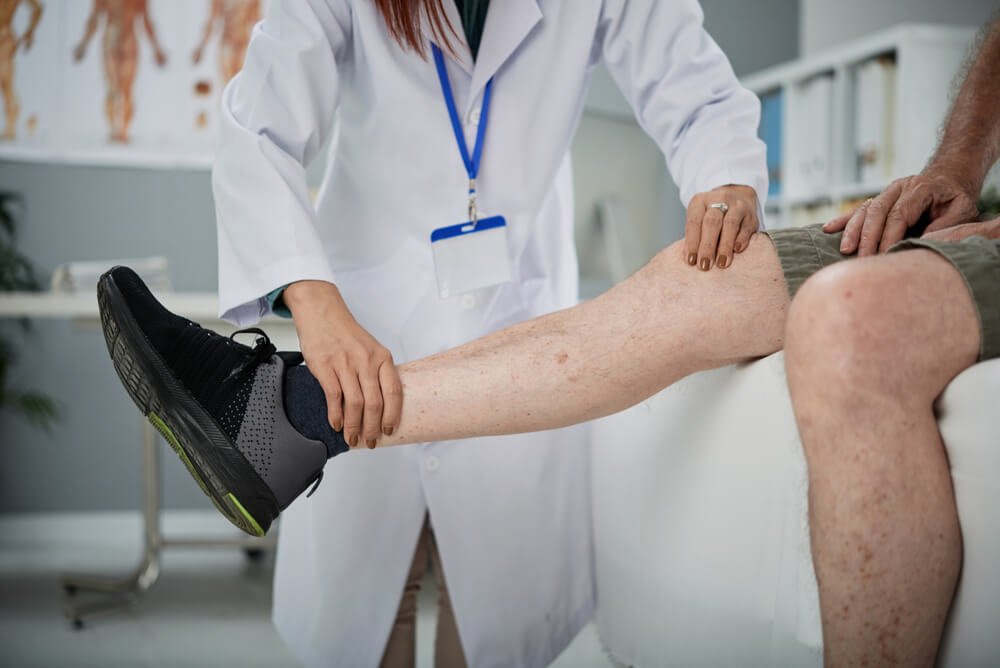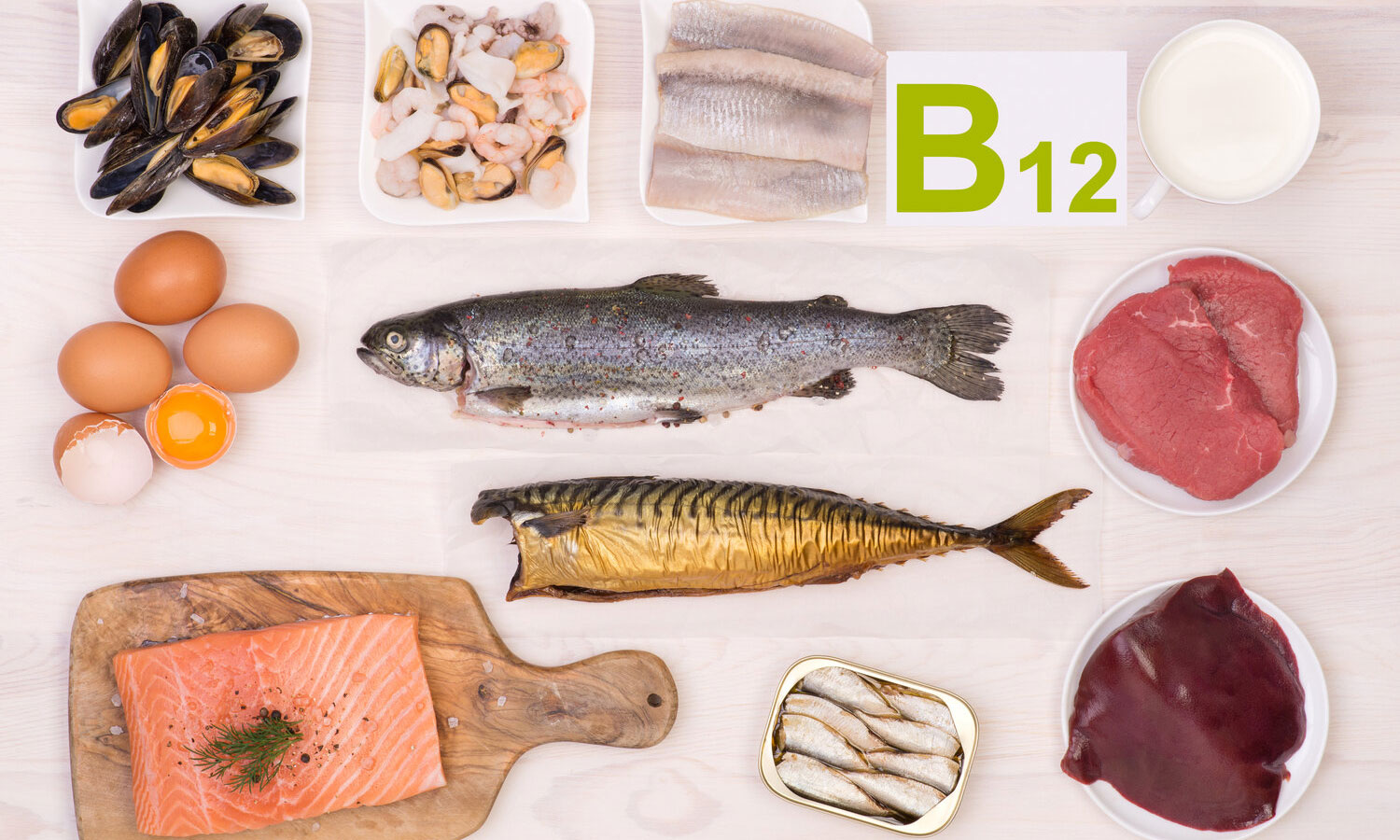Sun poisoning is a condition in which you have been exposed to sunlight longer than what your body can handle. While it does not necessarily cause a poisoning effect per se, sun poisoning often refers to having a severe sunburn and the symptoms that come with it. There are different types of sun poisoning and the ways in which it can affect your body and skin could vary. Consider the information ahead as a synopsis of sun poisoning and what you can do for treatment and prevention.
What are the Types of Sun Poisoning?
When you experience sun poisoning, you could have various types and each present slightly differently than the other. Here are some of the common types of sun poisoning and what to expect.
- Polymorphous Light Eruption.
This is probably one of the more common types of sun poisoning, as it affects people who are sensitive to light and live in the northern hemisphere of the world. This type of sun poisoning occurs when someone goes outside for an extended period of time and develops a rash as a result. It can cause itching, bumps, hives, pain among other symptoms. When the rash appears, it can take close to a week for it to heal and treatment depends on how severe it is. Protecting the body when outdoors is important for this kind of sun poisoning and long sleeves, shorts, pants, or a hat can help.
- Sun Hives.
This condition affects the skin by producing hives in areas exposed to the sun. Known as solar urticaria, hives often result after only a short moment being outdoors in the sunlight. Some symptoms can include itchy skin, hives, red skin, and possibly wheezing and dizziness. While the condition can show itself after only a short time in the sun, it fortunately can be alleviated within a short time of being out of the sun. In some cases, antihistamine can be useful, but prevention often includes avoiding exposure to the sun if possible.
- Photoallergic Reactions.
This kind of sun poisoning occurs when you are in the sun and experience rash or sun burn without prolonged exposure. Typically, this type of sun poisoning is due to medication use since some side effects of medicines can cause decreased sensitivity to sunlight. When you are taking a medicine prescribed for a condition, often the doctor or pharmacist will provide guidance on exposure to the sunlight.
What are the Signs and Symptoms of Sun Poisoning?
Symptoms of sun poisoning can occur in a relatively short amount of time whereas sometimes it might not be noticeable until after you are exposed to the sunlight. If you are in the sun and are concerned about sun poisoning, consider the following signs and symptoms.
- Blisters if outside for a prolonged time.
- Skin redness, which is the most common sign of prolonged sun exposure.
- Fever or chills which could represent the body experiencing an acute reaction.
- Dehydrated or the feeling of excessive thirst.
- Dizziness or lightheaded feeling.
What Treatment Options are There For Sun Poisoning?
If you have experienced sun poisoning, there are some natural remedies that you can try. For general burning and a skin rash, aloe vera tends to be one of the best options to start with. In addition to this, taking a cool bath or applying a cool towel to your skin might help to alleviate some of the pain that can come with sun poisoning. In some cases, antihistamines might help depending on the cause of sun poisoning. If these do not help, common pain-relieving medicine might help to alleviate some of the discomfort with the condition. When these common treatments don’t work, you might be prescribed pain medication while your skin fully heals.
How to Prevent Sun Poisoning?
There are ways to prevent sun poisoning if you feel that you are at risk. One of the most important things to do when going out in the sun is to wear sunblock with the highest protection possible. Look for sunblock that has high spectrum UV protection including against UVA and UVB rays. In addition to applying sunblock, consider avoiding sunlight exposure during the hottest times of the day, if possible. Wearing clothes that provide full body coverage might help as well and selecting long sleeves shorts, pants, and clothes that provide the best protection.




